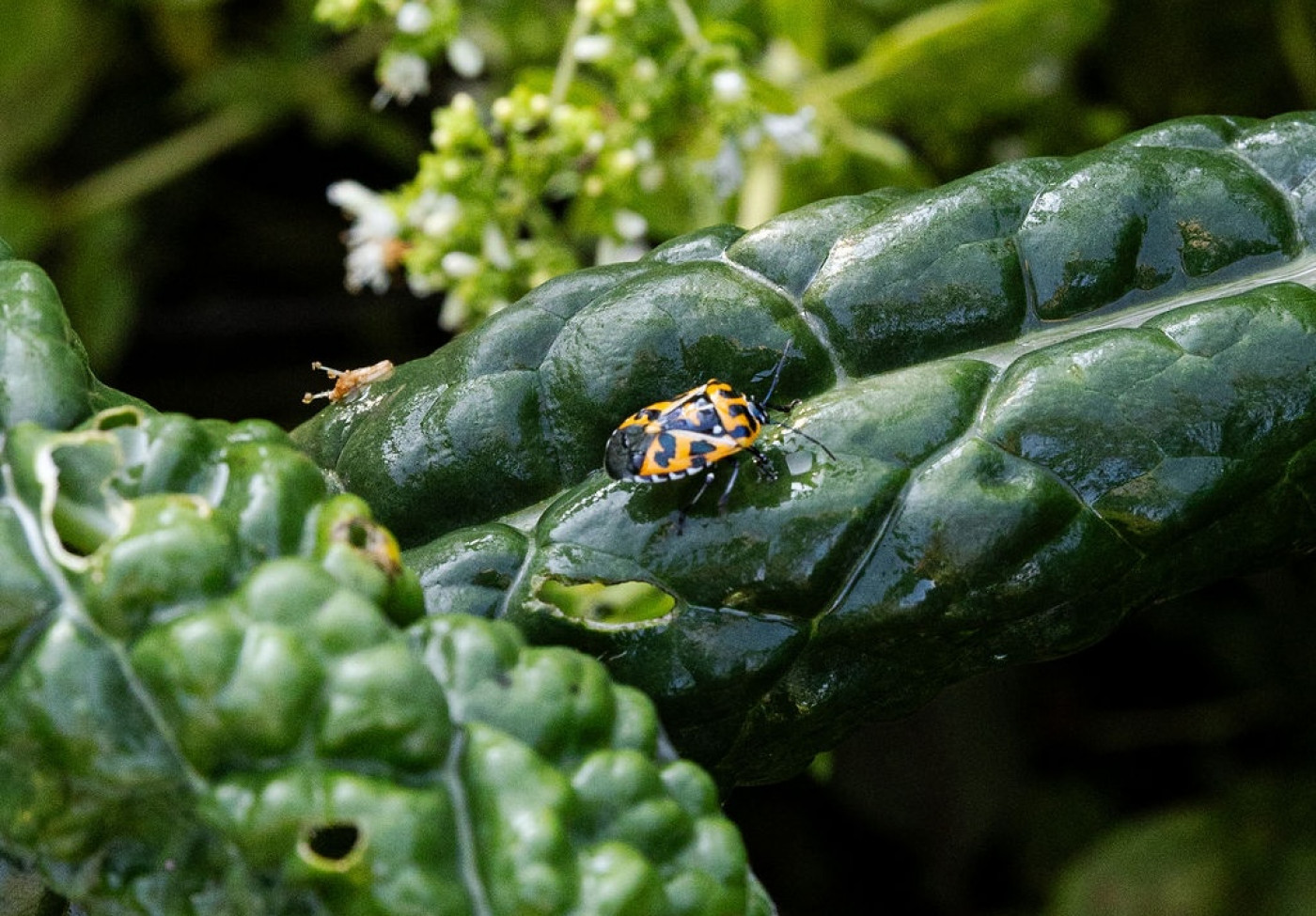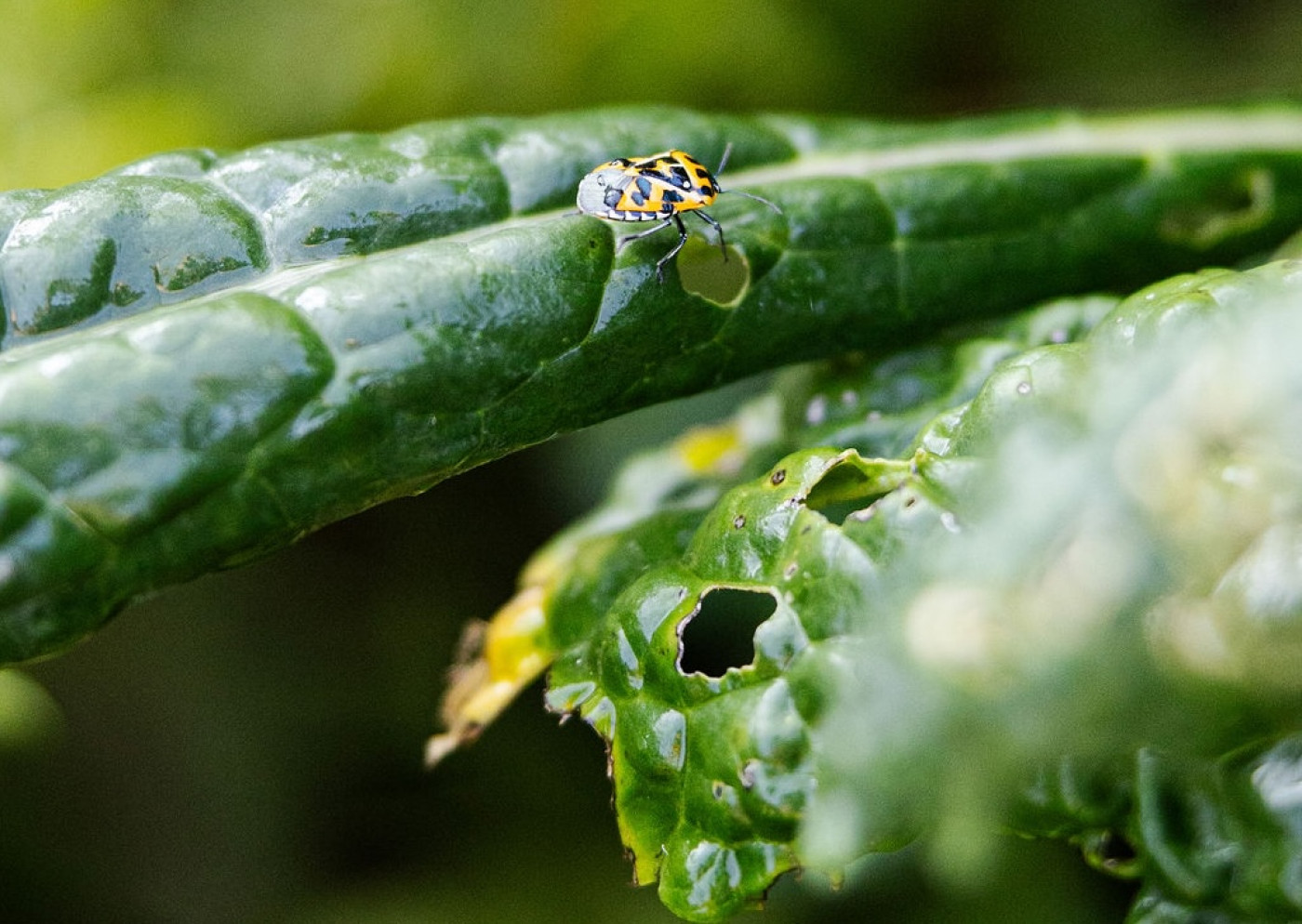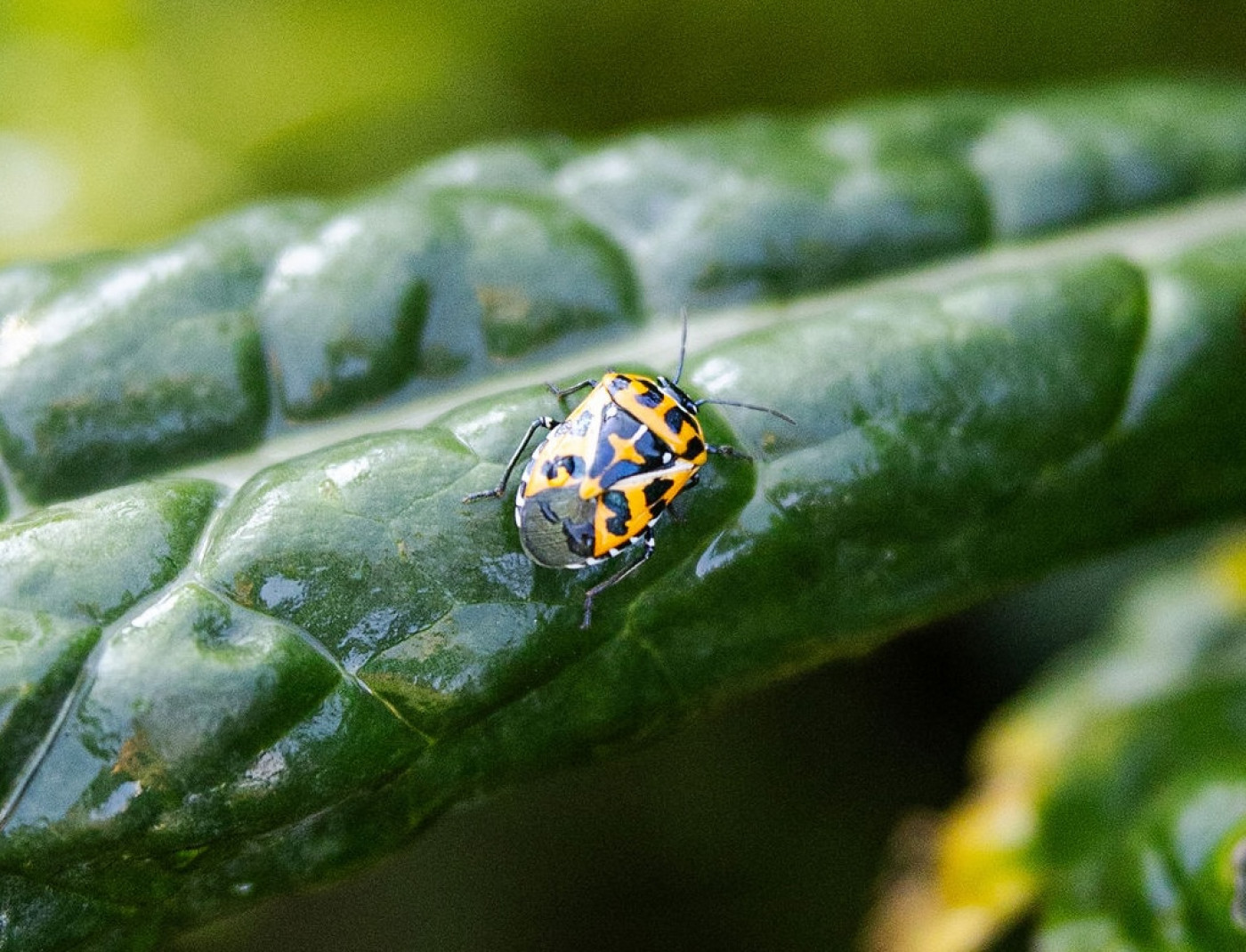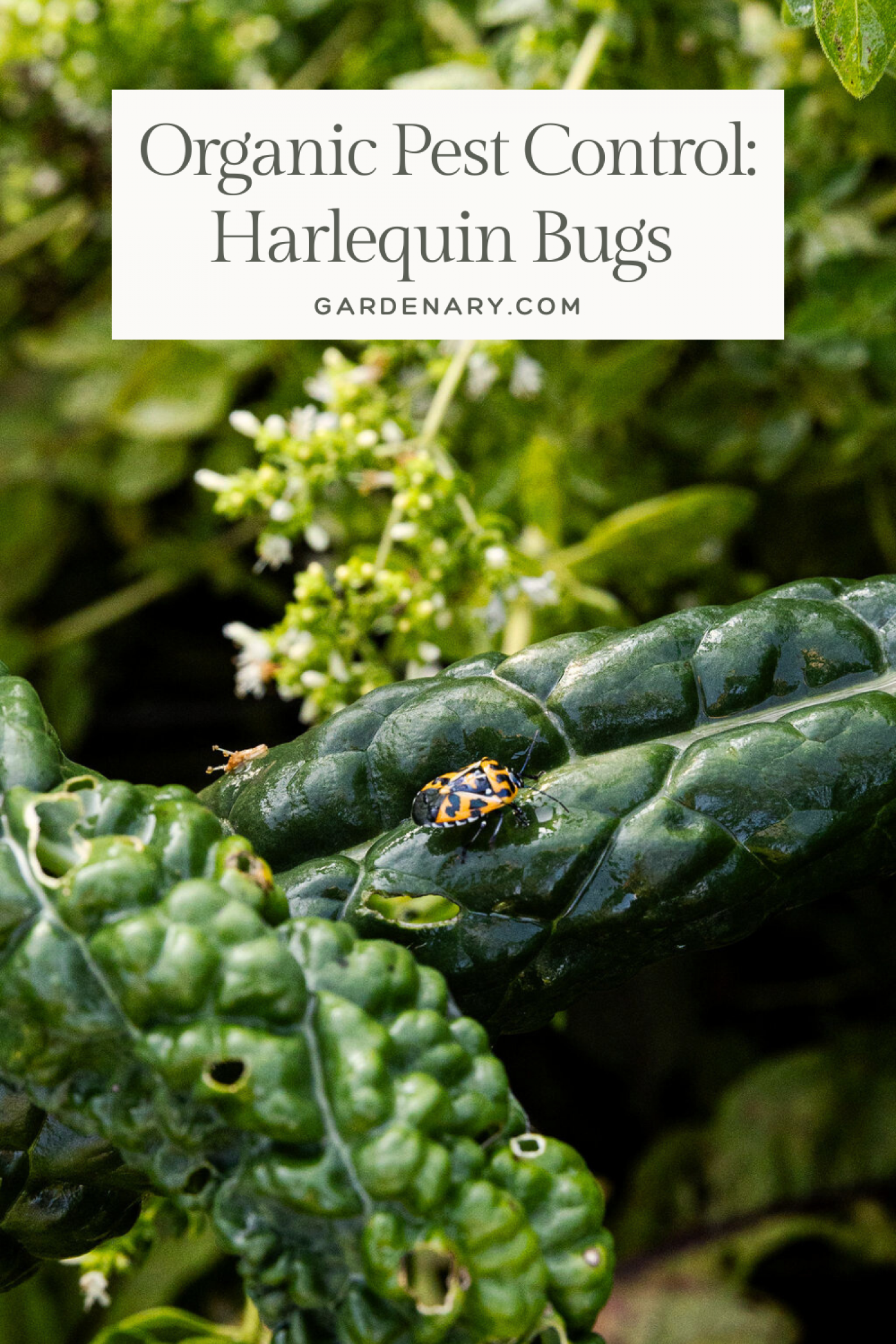Harlequin Bug Description and Identification
Related to stink bugs (and often confused with them), these sap suckers use sharp mouthparts to suck juices out of leaves and fruit. Like stink bugs, harlequin bugs are small (about 1/3 inch or 9.5mm long) with flat, shield-shaped bodies and emit a foul odor when threatened. Their distinct coloring gives them away though: they have black bodies with bright orange, red, or yellow markings in a harlequin-like pattern (thus the name).
Native to Central America, these pests have been spreading across the southern regions of the United States. Their range is expanding, with harlequin bugs now commonly found farther and farther north.
Harlequin bugs are particularly drawn to brassicas like cabbage and kale.
At a Glance
- Harlequin bugs are stink bug-like pests with shield-shaped bodies featuring bright orange, red, or yellow markings in a harlequin-like pattern.
- They use sharp mouthparts to suck sap out of leaves and target plants in the brassica family (like kale and cabbage).
- They can be controlled in home gardens through organic, pesticide-free methods.
Host Plants
Harlequin bugs mostly target plants in the brassica family. Think cabbage, broccoli, cauliflower, kale, brussels sprouts, collard greens, mustard greens, and radishes. In the absence of these favorites, they can also be found on other veggies, including beans, beets, eggplant, okra, peppers, sunflowers, and tomatoes.
List of Host Plants
- asparagus
- beans
- beets
- broccoli
- brussels sprouts
- cabbage
- cauliflower
- collard greens
- corn
- cotton
- eggplant
- horseradish
- fruit trees
- kale
- kohlrabi
- mustard greens
- okra
- peppers
- potatoes
- radishes
- squash
- sunflowers
- tomatoes
- turnips
Gardenary's Organic Pest Control Method
Stop fighting pests. Instead, start gardening with them in mind. No panic. No harsh sprays. No endless guessing. Just a thriving, abundant garden that practically protects itself. With the Organic Pest Control Method, you’ll learn the exact steps I take to grow naturally and confidently, season after season.

Harlequin Bug Damage
Harlequin bugs use their needle-like mouthparts to pierce plant tissue and suck out the juices, leading to characteristic symptoms like wilting, stunted growth, and yellowing or browning leaves.
The wounds they create from their feeding serve as entry points for pathogens, which means your plants are now at risk of secondary infections. Plants under heavy attack often die, especially younger plants.
Characteristic Damage
- Shriveled fruit or cosmetic damage
- Wilting, yellowing, or browning leaves
- Stippling and discoloration on leaves and fruits
- Stunted growth
Note: The holes you see in the pictures were caused by a chewing pest (probably caterpillars), not harlequin bugs.
Harlequin Bug Life Cycle
Harlequin bugs can go through a complete generation is just 50 to 80 days, which means you can have multiple rounds of these pests each growing season. If you live somewhere warm, you may even face these pests year round. It's only farther north that they have to seek shelter for the winter.
Their life cycle consists of three stages: egg, nymph, and adult.
Harlequin Bug Eggs
The distinctive zebra-striped eggs are shaped like tiny barrels and are typically laid in clusters on undersides of a host plant's leaves. These eggs hatch about 20 days after the females lay them.
Harlequin Bug Nymphs
After hatching, the little pest babies feed for 6 to 8 weeks. These nymphs resemble adults but lack fully developed wings. They’ll undergo several molts before reaching adulthood.
Harlequin Bug Adults
Adults can overwinter by hiding in fallen plant debris or the bark of trees. They emerge as the weather warms, and just 2 weeks later, it's egg-laying time, right when many gardeners are planting for spring. Each female can lay up to 155 eggs.
Head's Up: This article contains Amazon affiliate links. When you purchase through links on this site, we may earn a small commission.
How to Get Rid of Harlequin Bugs
Follow these steps to reduce harlequin bug populations in your vegetable garden:
- HAND-PICK & DROP INTO SOAPY WATER. Teenage and adult harlequin bugs are pretty easy to spot. They are, unfortunately, fast, often dropping to the ground when they're disturbed. Put on a pair of gloves and drop any pests and eggs you can find into soapy water. Check the undersides of leaves and around the base of host plants really thoroughly.
- PRUNE DAMAGE. Use a clean pair of pruners to remove any damaged leaves or fruits. Toss these plant parts into the trash, not the compost, just in case they're hosting any disease or eggs.
- CLEAN GARDEN. Pick up fallen leaves and other debris on your soil surface that harlequin bugs might hide under. These first three steps are often all you need to do to treat minor issues.
- SPRAY INSECTICIDAL SOAP. If you're still spotting pests or their damage, whip up some homemade insecticidal soap. Mix 1 to 2 teaspoons of Dr. Bronner’s liquid castile soap with 1 quart of water and pour into a spray bottle. Spray directly onto nymphs and adults. Reapply every 3 to 5 days as needed for continued control.
- CLEAN UP GARDEN IN LATE FALL. Before you tuck your garden in for the winter, make sure to clean up plant debris on the soil surface. You want to limit the places that adults might overwinter.
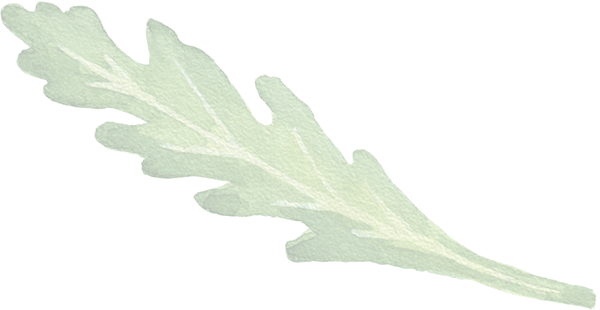

How to Manage Harlequin Bugs
We can borrow organic, pesticide-free strategies from Integrated Pest Management (IPM) to prevent harlequin bug issues and keep their populations under control.
Use Physical Barriers
Cover young brassicas like kale and cabbage with garden mesh (aka agfabric) or row covers from the day of sowing seeds or transplanting. This prevents adult harlequin bugs from accessing your plants when they're the most vulnerable to pest pressure. It also means they can't lay their eggs in your garden.
If pests are attacking fruiting plants that are difficult to cover, use mesh bags to protect ripening fruit.
Here are some protective cover options on Amazon:
→ Learn more about using simple covers in your garden.
Companion Plant
Several plants actually repel harlequin bugs. These include aromatic herbs like basil, rosemary, and lavender, plus alliums like garlic, onions, and chives.
→ Learn more about using certain plants to control pests in your garden.
Attract Harlequin Bug Predators to Your Garden
Many beneficial insects prey on common pests like harlequin bugs. This is called biological control, and it's an essential—and effective—part of organic gardening.
Minute pirate bugs, lacewings, and other predatory bugs eat harlequin bug eggs. Parasitic wasps and flies parasitize the eggs. You can invite these natural harlequin bug enemies into your garden by planting lots of flowers and letting your dill and cilantro plants bolt.
Birds can also be predators. Some birds will eat the adults and nymphs, despite their unpleasant smell. The best way to invite birds into your garden is by adding a little bird bath or fountain.
→ Learn more about attracting beneficial insects.


Plant Trap Crops
If you had issues with harlequin bugs last season, you might consider growing some sacrificial plants to protect your main crop this year. Fast-growing mustard greens and radishes make ideal trap crops for plants like cabbage, broccoli, and kale. They can draw the pests away from your main crap and contain them for easy removal.
→ Learn more about trap cropping.
Remove Weeds
Harlequin bugs are attracted to weeds in the brassica family like wild mustard and shepherd's purse (as well as pigweed and lambsquarter in the Amaranthaceae family). Make sure to remove these weeds to decrease breeding and overwintering spots. Ideally, you'll remove these weeds before harlequin bugs use them as host plants; otherwise, their removal might actually force pests to take up camp in your garden instead.
Monitor Your Garden
Inspect your plants regularly for signs of pest damage and eggs on the underside of leaves. I like to look around each morning when I'm harvesting some greens for my veggie omelet. Active monitoring is the best way to catch issues early.
Harlequin Bug FAQs
Are harlequin bugs invasive?
Harlequin bugs are considered invasive in the United States and now in Australia and New Zealand, where they've recently taken up residence. They're native to Central America but began spreading throughout warmer areas in the US over 150 years ago. They now range from coast to coast, though they're rarely seen far north. The expansion of their habitat shows you how adaptable and resilient these pests are.
Are harlequin bugs harmful to humans?
Harlequin bugs are not considered harmful to humans, though it's worth noting they have been known to bite in self-defense. Their bites are not venomous but can burn or cause an allergic reaction. With this in mind, it's best to wear gloves before hand-picking a harlequin bug in your garden.
Is a harlequin bug a stink bug?
Harlequin bugs are in the stink bug family. They look like the joker version of stink bugs with their bright colors and can emit a similar foul odor when disturbed.
That's your guide to harlequin bug control without turning to toxic sprays.
To learn more about different ways to prevent and manage pests like harlequin bugs in your garden, check out our brand-new Organic Pest Control Method. Through comprehensive guides and video lessons, we dive into ways to protect your garden without panicking or reaching for harsh sprays. You'll learn the exact steps I take to grow naturally and confidently, season after season.
→ See our full list of recommended products for organic pest control on Amazon HERE.
Gardenary's Organic Pest Control Method
Stop fighting pests. Instead, start gardening with them in mind. No panic. No harsh sprays. No endless guessing. Just a thriving, abundant garden that practically protects itself. With the Organic Pest Control Method, you’ll learn the exact steps I take to grow naturally and confidently, season after season.


